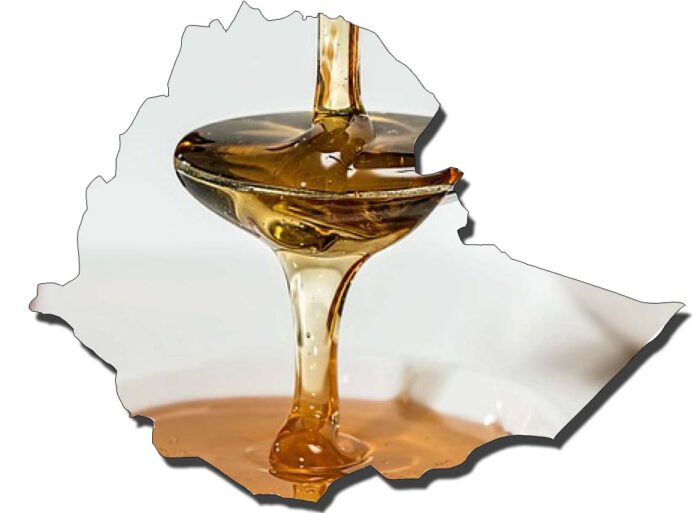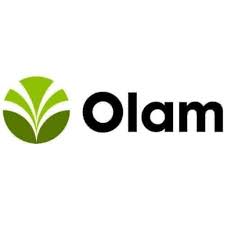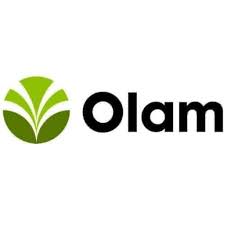Ethiopia, located in the Horn of Africa, is a land of diverse cultures and traditions. It is a country with a rapidly growing economy, and with a population of over 110 million, it is also one of the most populous nations in Africa. Despite its rich natural resources, Ethiopia has faced many challenges in the past, including poverty, hunger, and political instability. However, in recent years, the country has been undergoing a remarkable transformation, thanks in part to the Ethiopian development model based on honey production.
The Ethiopian government has recognized that honey production has the potential to be a major driver of economic growth and development in the country. In recent years, Ethiopia has become one of the world’s largest honey producers, with an annual production of around 60,000 metric tons. Honey production is an important part of the country’s agricultural sector, which employs about 80% of the population.

One of the main reasons for the success of the Ethiopian honey industry is the country’s unique climate and natural environment. Ethiopia has a diverse range of flora and fauna, and the country’s bees have access to a wide range of plants and flowers, resulting in honey that is both high in quality and variety. Additionally, the country’s traditional beekeeping methods are well-suited to the local environment and have been developed over centuries of experience.
The Ethiopian government has implemented a number of policies and initiatives aimed at promoting the development of the honey industry. For example, the government has established a number of training programs for beekeepers, aimed at improving their skills and knowledge. Additionally, the government has provided financial and technical support to honey producers, including access to credit and market information.
The development of the honey industry has also had a positive impact on the broader economy. The production and sale of honey has created employment opportunities, particularly for women, who make up a significant proportion of the country’s beekeeping workforce. Additionally, the honey industry has helped to diversify the country’s agricultural sector, reducing reliance on other crops and creating a more sustainable and resilient economy.
Ethiopian development model based on honey production has been a remarkable success story, demonstrating the potential for agriculture to drive economic growth and development. By recognizing the potential of honey production and implementing policies and initiatives to support its development, the Ethiopian government has created a thriving industry that is creating jobs, generating income, and contributing to the country’s overall economic growth. As Ethiopia continues to develop, it is likely that the honey industry will continue to play an important role in the country’s future.




